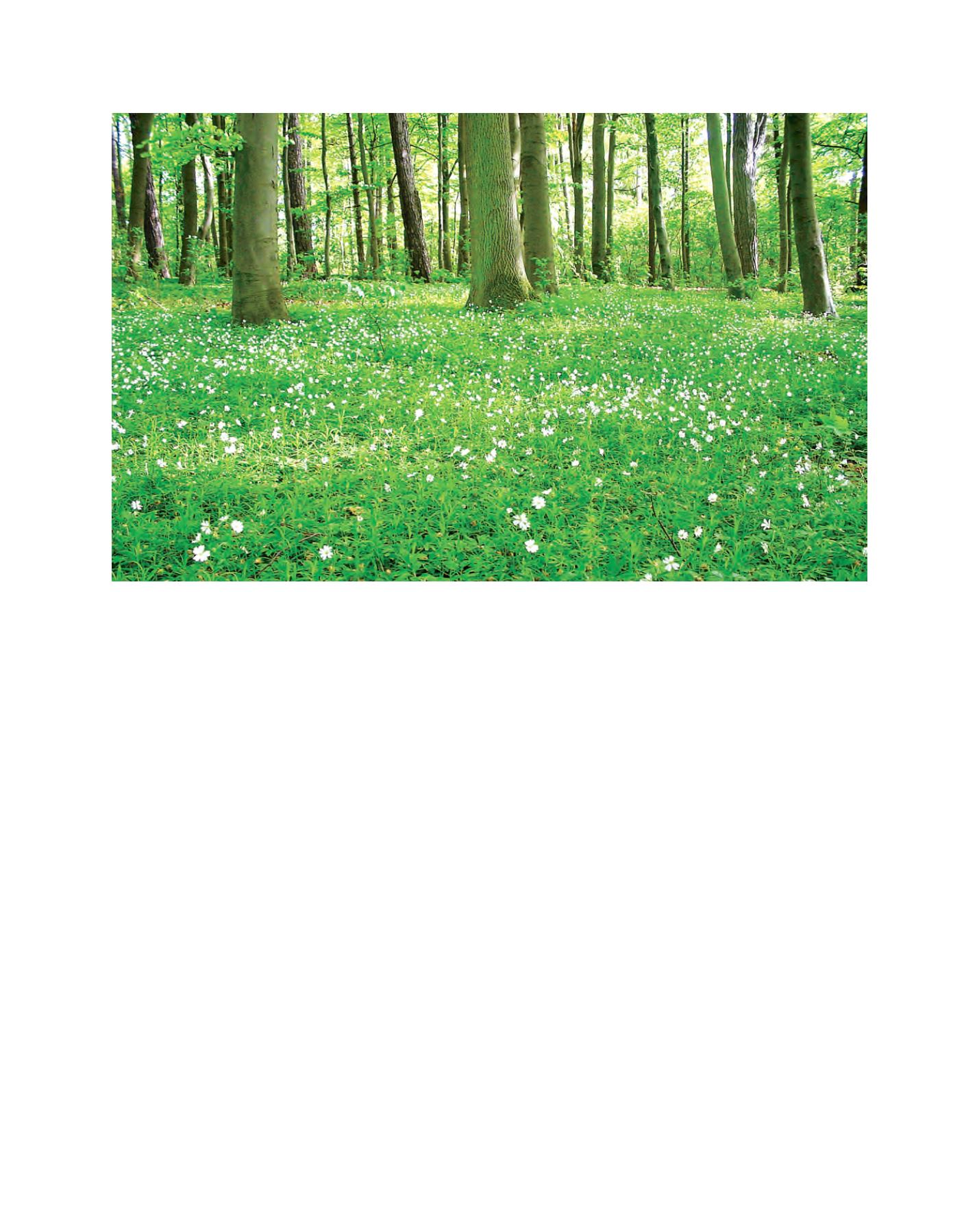

[
] 109
for nearly 1.3 million jobs with an annual turnover of
about €170 billion. The socio-economic importance of
forestry and the wood-based industry in Germany has
so far been seriously underrated by business, scientific
communities and policymakers and does not lag far
behind other major economic sectors. More specifically,
small- and medium-sized forest-based enterprises play a
major role in rural employment structures.
The task of German silviculture is to shape multifunc-
tional forests, which allow several forest functions and
services to be centred in the same area. This approach
has resulted in a multitude of silvicultural treatments
and regeneration methods. The following principles are
generally pursued today:
• Conservation and establishment of structurally
diverse and close-to-nature mixed forests
• Use of site-adapted and stable tree species and
provenances
• Use of natural regeneration where soil and previous
stands permit
• Elimination of clearcutting as far as possible
• Multilevel forest structure, where possible, to make
maximum use of soil and air space
• Adaptation of the intensity of silvicultural treatment
to suit individual stands
• Stand-conserving wood harvesting
• Maintenance and improvement of soil fertility
• Use of foreign tree species only after the ecological
and economic benefits have been examined.
rural areas are deeply engaged in forestry by virtual ownership, often
following decades or even centuries of family tradition.
The first nature conservation area in Germany was established
in 1836. At that time, the early nature protection initiatives were
greatly influenced by foresters as nature protection organizations
did not yet exist. A system of diversified protected areas evolved in
the subsequent decades. Today, biodiversity functions take prec-
edence over forestry operations in approximately 25 per cent of the
forest area, approximately 17 per cent of which is covered by the
‘Natura 2000’ EU protected area network. Over the total forested
area, the incidence of rare flora, fauna and habitats is supported
by targeted measures.
Forest utilization in Germany today makes an important contribu-
tion to the national economy and the country ranks among the key
‘wood countries’ in terms of production, as well as foreign trade in
wood and wood-based products. Despite the incomplete exploitation
of the annual timber quota and thanks to intensive recycling, Germany
is in a position to cover its wood requirements to a great extent from
its own resources. Total wood consumption in 2010 amounted to 108
million m³ of roundwood, with supply from forests accounting for 70
million m³ and waste paper from domestic production for 45 million
m
3
. Timber as a valuable domestic source of energy is enjoying an
unexpected revival in the face of the increase in energy prices and
increasing demand for CO
2
-neutral raw materials. In spite of these
and other demands, due to the efforts of German foresters and forest
owners to maintain a viable resource base, Germany holds the largest
total growing stand of timber in Europe at around 3.4 billion m
3
.
According to current surveys, the forest and timber industry, includ-
ing processing and paper as well as printing and publishing, accounts
The establishment of multifunctional forests is a priority
Image: FNR/Lydia Pohlan
















